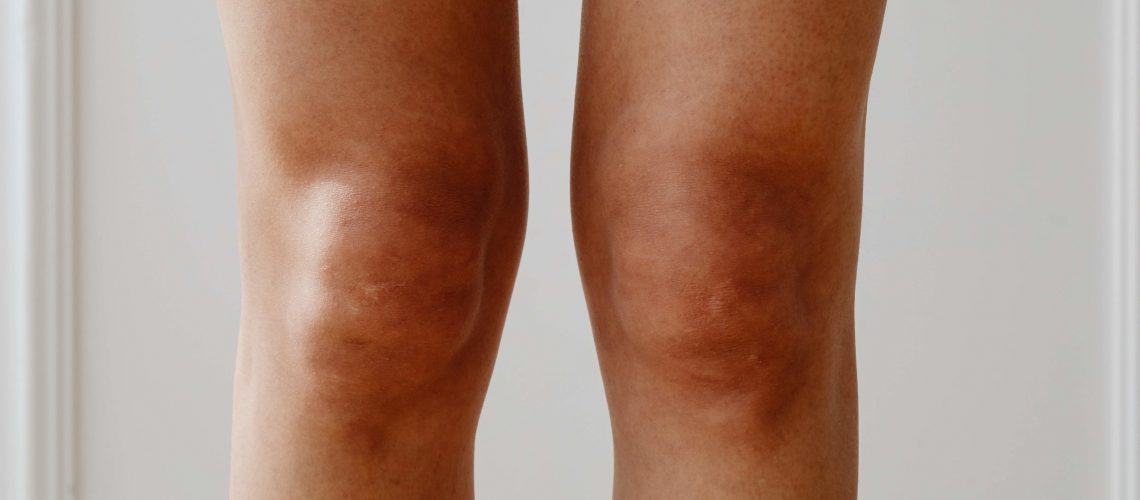Total knee replacements are most commonly performed to help relieve pain from osteoarthritis. Once you know you are having total knee replacement surgery, it is time to begin preparing. Most patients will usually have 6 to 12 weeks before surgery, and during this time, there are several things you can do to ensure your best chance for a successful surgery.
Your orthopaedic surgeon and medical team will be able to give you many ideas on how to prepare for your upcoming surgery and recovery. There are many things to think about, and ensuring you have everything in place ahead of time can be overwhelming.
To help make it a little easier on you, we will discuss some common required and suggested preparations and an essential list of helpful exercises to help you prepare for a total knee replacement surgery.
Contents
Required And Suggested Medical Preparations
Some typical basic preparations are recommended or required for anyone having total knee replacement surgery, and your surgeon and hospital should communicate any needed preparations well before your surgery. Some of these include:
- Decrease or stop medications such as nonsteroidal anti-inflammatory drugs(Advil, Aleve), steroids or other immune-suppressive drugs, opioid pain medication, and other meds that may interfere with your surgery or recovery
- Decrease or stop tobacco use because nicotine impedes healing and increases the risk of post-surgical infection, deep vein thrombosis, and potentially deadly blood clots
- Check with specialists if you have other medical conditions such as diabetes or heart disease to ensure you can have surgery
- Decrease or stop alcohol use as heavy alcohol use can affect anesthesia
- Report any illness and symptoms such as cold, flu, fever, herpes, etc. the days before your surgery to your doctors
Required And Suggested Helpful Home Preparations
Preparing your home in advance will help minimize risks during your recovery. These preparations include:
- Arranging meals to be provided by a caregiver, friend, or spouse as well as someone to help around your home
- Arranging transportation in advance as many patients may not be able to drive for the first 4 to 6 weeks after the surgical procedure
- Prepare easy pre-made meals that you can quickly heat and eat and have easy snacks on hand
- If you have stairs in your home, make arrangements to be able to sleep and stay on the lower floor
- If possible, you may want to adjust your bed height to help with easing your transition in and out of bed
- Move cords and other tripping hazards out of the walking area
- Ensure any railings in your home are secure and sturdy
- Install any necessary handrails in the shower or toilet area
- Get a shower stool to avoid standing on a slippery surface
- Make sure you have a way to elevate your leg if necessary
- Have plenty of ice packs to help relieve swelling
- Practice using any supportive devices you may need ahead of time, such as a cane or walker
There may be additional ways to prepare your home to accommodate any special needs to ensure you have everything you need and risk is reduced in your home in advance.
Helpful Exercises
Various exercises can be helpful as you begin to prepare for your total knee replacement. These exercises will help improve your flexibility and strength and support faster recovery.
The most important thing to do is consult with your orthopedic surgeon or physical therapist before you begin any new exercises. The majority of these exercises can be done at home.
To begin with, do 5 to 10 repetitions of each exercise twice a day for the first week and move to 15 to 20 repetitions as you progress to week three.
- Side-lying straight leg raises are essential to help build the hip abductor muscles located in the side of the buttocks to help stabilize your pelvis while you are standing and walking.
- Thigh squeezes help build your quadriceps muscle that attaches to the knee.
- Straight leg raises will help build your quadriceps and hip flexor muscles which are essential for regaining strength after surgery.
- Clamshells will help work the hip external rotators and part of your abductors, which are essential for early ambulation and balance.
- Knee bending helps maintain your range of motion before surgery.
- Sitting kicks help strengthen the quadriceps muscle through its full range of motion.
- Chair push ups will help strengthen your triceps, which is essential for using supportive devices like a cane or walker.
- Lying kicks help to strengthen the quadriceps muscle.
- Stomach kickbacks help to strengthen your hamstring and gluteal muscles, which are essential for getting in and out of cars and chairs.
- Standing on one leg with support is a critical exercise that will help you maintain balance, reducing the risk of falling.
Working with an orthopedic surgeon and experienced medical team is the best way to ensure you are doing the best exercises to support your surgery and recovery.
Thunder Basin Orthopaedics And Sports Medicine Is Here To Help
Our highly skilled surgeons and experienced staff at Thunder Basin Orthopaedics And Sports Medicine are here to help you! We have offices in Gillette and Douglas, Wyoming, ready to serve you! We specialize in treating orthopedic injuries and sports injuries.
We will develop a custom plan at Thunder Basin Orthopaedics and Sports Medicine to get you on the road to recovery. Contact us today to request an appointment.


